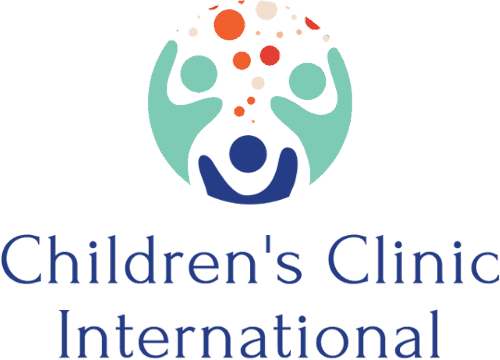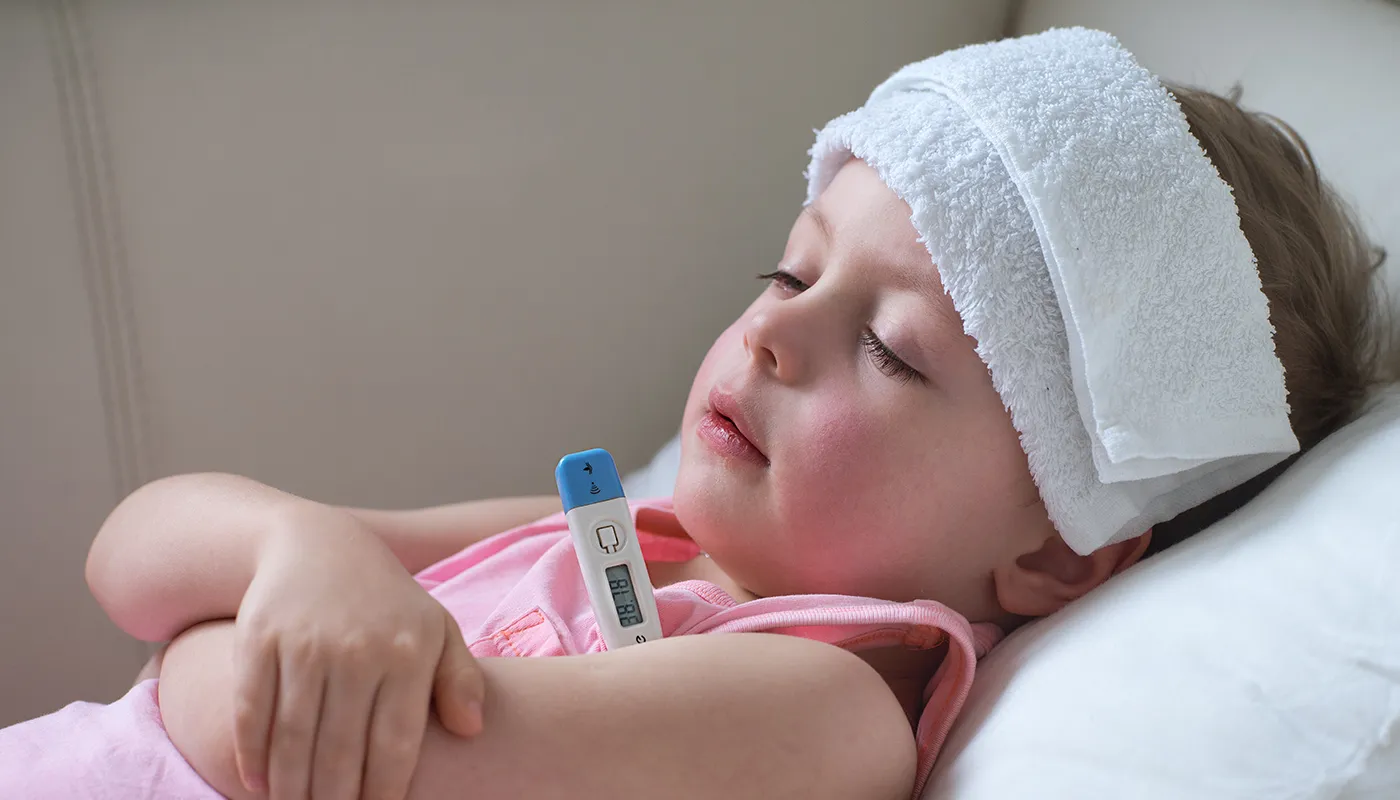Developmental Milestones: Development From Age 3-4 Years

Development from age 3 years is usually one of the best years. Tantrums are lessening, independence is growing, speech and creativity are blossoming, and most children are wonderfully social and outgoing. Overall, it’s getting better and better at everything and becoming an independent child, for better or worse.
Motor skills
Speech
Tantrums
Independence
Most children after age 3 are very independent, though some (especially boys) can be less eager to do things on their own. Typically at school, most children are very independent, but at home, that
may not be as true. Choosing clothes, wanting to dress themselves, and wanting to run their own lives as they understand more and more they are an independent person is expected.
Every child is different and hits different milestones at different times, often based on just what they love to do the most. It’s important to remember that Pediatricians define a normal time for a milestone as the point 75% of children can do something – so it’s normal for 25% of children to not have reached that stage. If worried, as always, talk to your Pediatrician.

About Author
This article is written by Dr Leo Hamilton, who is a US board-certified Pediatrician since 2003. Dr Leo relocated to Singapore in 2011, caring for expat and Singaporean children from newborns at delivery to teenagers. Beyond his background in Hematology/Oncology, he has an interest in asthma, behavioural issues (primarily ADHD), teen health, and modern management of routine childhood illnesses such as ear infections, bronchiolitis, and pneumonia.


